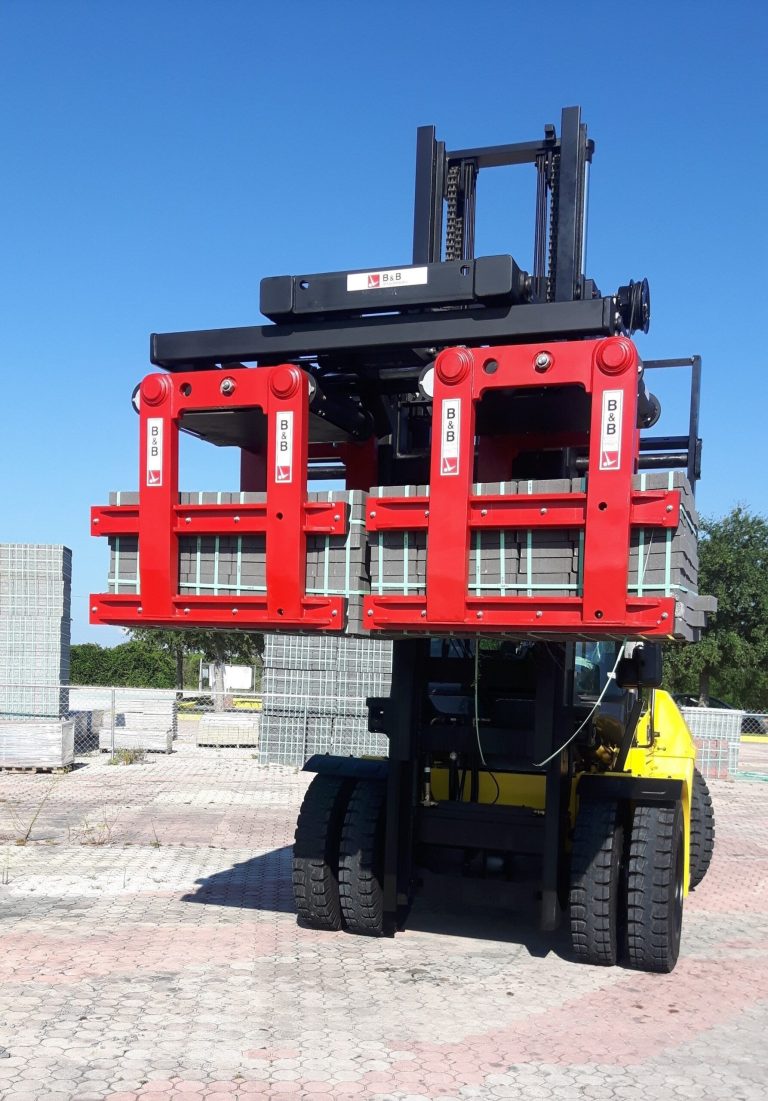When transferring hazardous products, you must guarantee that the personnel handling the materials are adequately trained and certified. Proper safety equipment must also be provided for their own safety and well-being while ensuring the others. It’s also vital to consider packing for hauling hazardous products that comply with UN laws on hazardous goods haulage. You must be aware of the dangers of transferring such risky products. Catastrophes can arise anytime, and you must be prepared to deal with them. What Are Hazardous Materials? Explosive material is any chemical that, if discharged into the atmosphere, sea, or soil, represents a significant threat to human health and our ecosystem. Hazardous substances can be discovered in various commodities, notably cleaning supplies, pharmaceuticals, and insecticides. They can also enter the environment as a consequence of industrial expansion and through the consumption of fossil fuels. Asbestos, lead, mercury, uranium, and insecticides are all hazardous materials, which cause cancer, birth abnormalities, and brain impairment, among other harmful effects. Hazardous compounds can be ingested, inhaled, or come into contact with the skin if not properly packaged. Therefore, it’s essential to use special packaging and transportation services such as Air Sea DG Containers which specialize in transporting and storing hazardous materials compliant with UN regulations. Why is the Transportation of Hazardous Materials Highly Regulated? Hazardous material shipping is heavily restricted since these products constitute a major security threat to the general public if not correctly handled. If hazardous compounds are inhaled, swallowed, or enter into contact with the body’s tissues or eyes, they can be damaging or lethal. Any component that is combustible, acidic, venomous, and otherwise unsafe is considered a hazardous material. To avoid mishaps, these components must be handled appropriately. They must also be carried out in a manner that reduces the possibility of spillage or discharge. The Department of Transportation regulates the shipment of hazardous substances. When hauling these materials, the DOT has a set of guidelines known as the Hazardous Materials Regulations (HMR) which must be observed. There are also numerous federal, state, and municipal laws that govern hazardous substance shipping. These laws are intended to safeguard the general population and the environment from the hazards posed by these chemicals. Considerations When Transporting Hazardous Materials Follow Safety Protocols Even before the substance is readied for transit, the transportation/safety manager must decide if it is a hazardous material or not. The product safety data sheet (SDS) offers information about the dangers of the product(s) in question. Once the substance has been determined as dangerous, it can be packaged for shipment. Hauling hazardous items can be detrimental to shipping company employees and the general population too. Drivers of vehicles transporting hazardous items must be adequately accredited and qualified and be aware of the risks involved before setting off on their journey. Only authorized staff should have access to dangerous materials. Limiting access to outsiders requires gate systems, general employee training, and materials sign-in/sign-out sheets. Furthermore, all personnel should be informed of hazardous material locations and urged to report any questionable activities. In addition, when handling such materials, suitable safety equipment must be worn at all times to ensure health and safety at work. It is also critical to keep health kits on hand at all times. Choose the Correct Transport Medium When selecting a transport medium for hazardous products, you must consider several rules that apply to such substances. For starters, ensure the carrier has a valid license from the Federal Hazardous Materials Safety Permit Office. This is the most essential prerequisite for carrying hazardous items anyplace. Depending on the mode of transit, ensure that the individual in charge of delivering the consignment is hazmat certified by the US Department of Transportation or the International Air Transport Association. Before selecting a carrier, ensure that the company has substantial experience transporting toxic items and is also covered by insurance for mishaps while moving hazardous materials. When selecting shippers, it is critical to consider the frequency of shipping incidents the shipper has seen over time. In our personal experience, the ideal technique to transport hazardous items is determined by the journey’s circumstances. When preparing the transportation of dangerous substances, the type of material, the volume, the endpoint, and the existing transport options must all be addressed. Properly Package the Material Packaging standards differ according to the type, class, and quantity of dangerous items shipped. Packaging is frequently examined and authorized to fulfill the legislation criteria for hazardous goods. So you can’t just go about using regular containers to transport things. One of the most appropriate warning categories of a commodity and its physical qualities are used to pick the suitable dangerous goods packaging. Corrosive substances, for example, cannot be shipped in metal containers despite their rising popularity in construction. Mainly because corrosive substances aggressively clash with metal and inevitably damage the package. As a result, performance container codes that adhere to UN Specifications or DOT-Specification packaging may be required based on the type of dangerous materials and the volume to be handled. Performance packaging codes are particular markings on hazmat labels that identify and define hazardous materials based on the degree of danger they may pose. You may be wondering why such care is taken when packaging hazardous goods. You should know that the proper packaging safeguards the environment and anyone who may come into touch with the material. If hazardous materials are not properly confined, they can harm the environment and humans. Mark and Label the Package Labeling and markings must appear gradually and in a precise area on the exterior of the container. They must be noticeable, which may necessitate a neutral color backdrop or an outer limit of a fine or scattered line. They must also be long-lasting, weather-resistant, and readable. Other identifiers and extensions must not conceal it. Furthermore, the marks and labels must be kept apart from other markings, as advertising may impair the usefulness of the mark. A hazardous package’s contents are described via markings. These symbols are used to communicate information such as the following: The shipping name of














